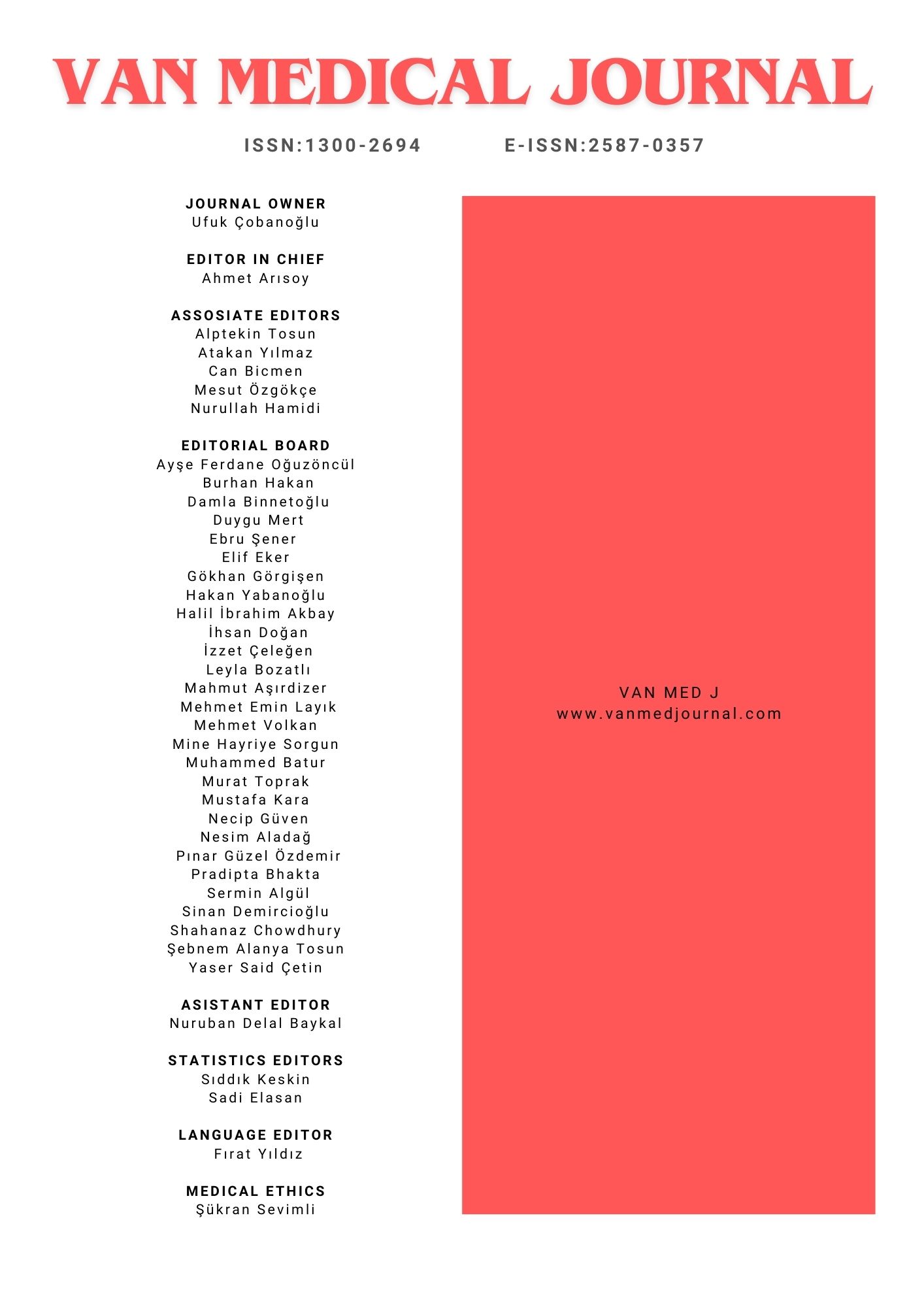The Antiadhesive Effects of Bemiparin Sodium vs Hyaluronic Acid on a Rat Uterine Horn Adhesion Model: A Randomized Controlled Experimental Study
Sevde Baydemir1, Ayse Filiz Gokmen Karasu2, Nurhan Sahin3, Seval Turna3, Aysegül Yabacı Tak4, Caglar Cetin2, Gulsah Ilhan51Bezmialem Vakif University, Medical School, Istanbul2Bezmialem Vakif University, Department of Obstetrics and Gynecology, Istanbul
3Bezmialem Vakif University,Department of Pathology, Istanbul
4Bezmialem Vakif University, Department of Biostatistics, Istanbul
5Health Sciences University.Istanbul Research and Training Hospital, Istanbul
INTRODUCTION: Purpose: To determine the antiadhesive effects of bemiparine sodium compared to hyaluronic acid based jel on a standard adhesion formation model of rat uterine horn.
METHODS: Twenty non-pregnant female Sprague Dawley rats weighing 180-220 g were used to inflict a standardized model of adhesion formation on a rat uterine horn. The rats were randomized into four groups. Control group (group 1), bemiparin group (group 2), HA (hyaluronic acid) group (group 3) and bemiparin+hyaluronic acid group (group 4). Ten standardized lesions were inflicted using bipolar cauterization. The uterine horns of 20 rats were evaluated macroscopically, microscopically and with immunohistochemistry. For macroscopic evaluation; “adhesion type”, “adhesion tenacity”, “extent of adhesions” and “total macroscopic adhesion score” were determined. For microscopic evaluation; inflammation and fibrosis formation was evaluated. Immunohistochemistry scoring was performed utilizing VEGF and TGF-β1 markers.
RESULTS: Results: Macroscopic adhesion scores, including “adhesion type”, “adhesion extent” and “total macroscopic adhesion score” in the bemiparin+HA group (group4) was significantly lower than those in the control group (group1) and group HA (group3) (p<0.05). Among these three categories;bemiparin +HA (group4) had a significantly lower score than group HA (group3) in terms of adhesion type (p<0,01) and bemiparin group (group2) had a lower score than HA group (group3) in in terms of adhesion extent (p<0,05). There were no statistical differences across all four groups for microscopic inflammation, fibrosis and immunohistochemistry staining.
DISCUSSION AND CONCLUSION: The combined use of bemiparin and HA may be effective in preventing macroscopic pelvic adhesion formation. Clinical trials on humans should be conducted for further recommendations.
Corresponding Author: Ayse Filiz Gokmen Karasu, Türkiye
Manuscript Language: English

